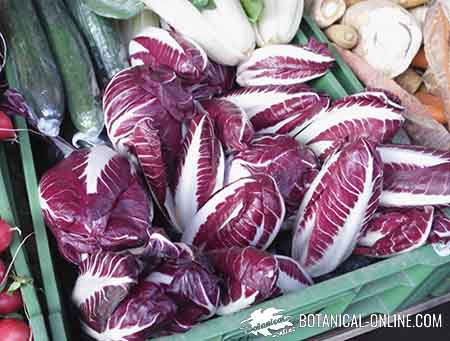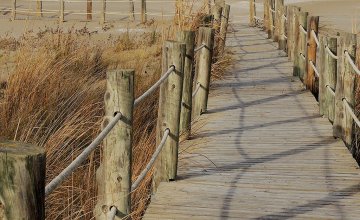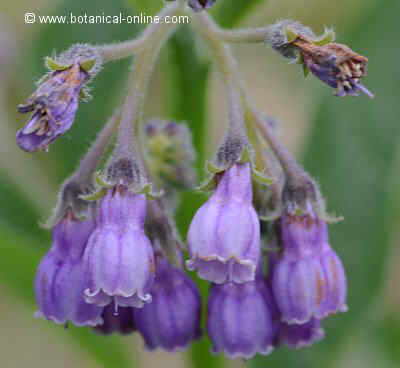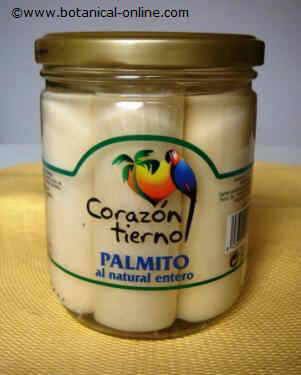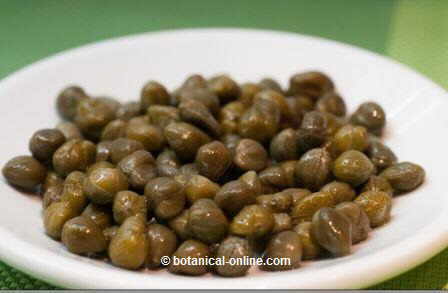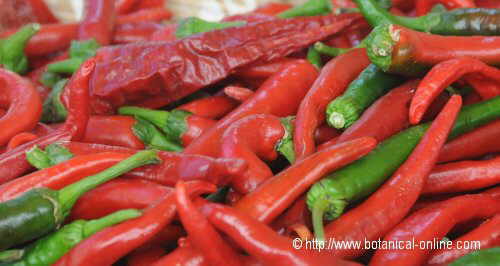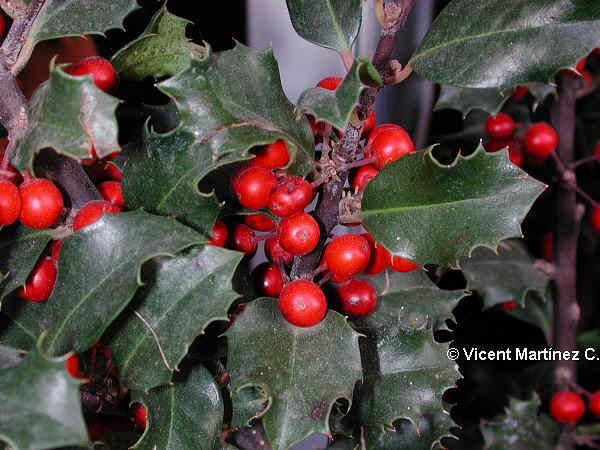Contents
BANANA TREES, SOME VERY VALUABLE HERBS
Characteristics of banana trees
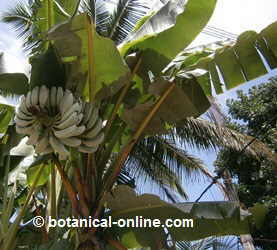
BANANAS are the fruits of banana trees (Musa ssp.) they Belong to the family of Musaceae that contains about 1000 species.
Bananas are perennial ” grasses ” that can be between 4 and 15 meters high, being the biggest species Muse ingens that lives in the tropical forests of Papua island in Oceania.
Are banana trees real trees?
In fact bananas could be considered to be ” the biggest grasses” because their trunks are not woody as trees or bushes.
What apparently look like trunks are in fact formed by a group of foliar sheaths, place one on the others, constituting what would be a false trunk or ” pseudostem ” that, in the case of the biggest species, can attain 3 metres wide.
This stem finishes in a whorl of elliptic or oblong leaves of very considerable size since they can be 3 meters long and half a meter wide.
Banana tree description
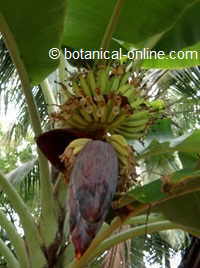
How are the flowers of a banana tree?
Each tree possesses an inflorescence with reddish or violet bracts made up of numerous little flowers that are located at the end of a great peduncle that begins in the rhizome and crosses through the middle of the stem.
Male flowers are located in the superior part of the inflorescence, while the female ones are located below
Flowers, when maturing, produce bananas. The group of all them form the famous clusters that contain about 200 fruits. An entire cluster weighs between 30 and 50 kg.
What does happen to the plant after fruits mature?
The false stem dries off when the fruits mature and it is cut at soil level so it will be able to spring again the following year starting from an underground rhizome.
The plant can be left in the same place or to be transplanted in another place.
Do bananas have seeds?
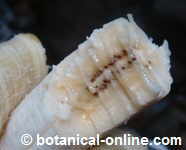
Wild bananas have seeds. Some commercial varieties of bananas are seedless.
History of bananas
Banana trees come form the Southeast of Asia. Then, from there, they extended towards the India, where some news are reported in VI century.
Later, they appeared in the whole Equatorial Africa, in Guinea and in Canary Islands, where the Portuguese navigators took them to. Later, they entered in America, via Santo Domingo, and in the whole Central and equatorial America, where today the main producers of the world can be found.
They export until 80% of the world production (Brazil, Ecuador, Costa Rica, Colombia, Mexico, Panama, Guatemala, Honduras and Nicaragua, the first three of them being the main ones)
Other producing areas are found in Africa (Burundi and Cameroon), in Asia (India, Indonesia, Philippines and China), in the Caribbean (Jamaica) or in Europe (Spain, Portugal and Greece). As a matter of fact, any region of the world that possesses a warm and humid climate is suitable to cultivate this plant..
Banana cultivation constitutes the second cultivation of the world after orange. It is the fourth more important food to feed people in developing countries after rice, wheat and corn. It constitutes the main food of some families of the world with so outstanding examples as in Uganda or Rwanda where the annual consumption for person can reach about 250 kg.
Types of bananas
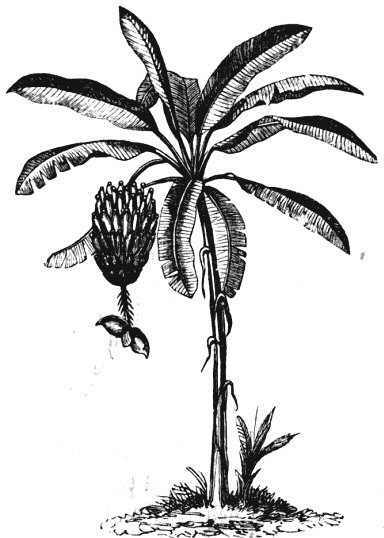
The best known bananas are the yellow ones that are sold in most of the stores. They belong to the species Muse sapientum a subspecies of the Musa paradisiaca. They are the most preferred, besides being able to mature after being picked green,, they are most flavorful, they can be cultivated all the year round. Also because their price is very affordable.
Among the best known bananas we have the following types:
- Banana of Guinea: cultivated in Brazil and Kenya, it has a small size since it doesn’t measure more than 10 cm. It tastes like apples.
- Red banana: Cultivated fundamentally in Thailand, it is reddish or rosy.
- Dwarf banana or Dominican banana: It doesn’t measure more than 12 cm. it is cultivated in Colombia, Canary Islands, Kenya or Thailand. It is the one of the most expensive bananas because it is very sweet.
- Male banana or cooking banana. In the tropics of America or Africa it is used like a vegetable rather than a fruit. It has little flavor and a very hard consistency so that, instead of being used to eat raw, it is prepared as potatoes are, fried or boiled, for example.
Uses of bananas
Although most the wild bananas are edible there are some that are used for other purposes. The abaca (Musa textilis) produces fibers for the elaboration of strings. It is also well-known as hemp of Manila which is produced from the foliar stems of this plant and constitutes the second vegetable fiber of of the world obtained from the leaves of a plant after the sisal, an agave variety that is cultivated in Mexico.
Other species are cultivated in gardening by the beauty of their leaves or flowers. Among all these we could mention:
- Musa ornata for their flowers in erect spikes.
- Musa velutina is a dwarf species that doesn’t attain 2 m, with dark red bananas and velvet bracts that give it the scientific name..
- Musa coccinea of Indonesia with big leaves and some floral spikes with enormous bracts of scarlet color.
![]() More information on bananas and plantains
More information on bananas and plantains

